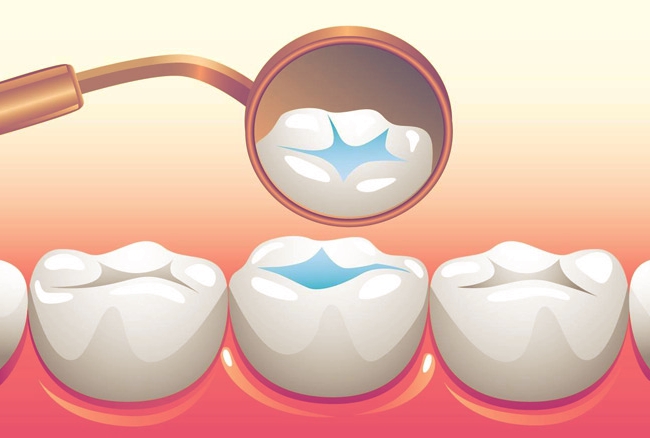Dental sealants (sometimes called tooth sealants) can be a great way to prevent tooth decay, especially in younger children. But the plastic used to make those sealants does not last forever. Over time, it does wear away. This leads many parents to ask: Are sealants wearing out normal? How long do dental sealants last, typically? And if they don’t last a long time, are they really worth the money?
Sealants Wearing Out—Is this Normal? What Should You Do?
Yes, it is normal for sealants to wear out. But it usually takes a long time. Some people have their sealants re-applied, especially if a child got them when he or she was particularly young. Most times, however, a parent or guardian elects to have a sealant replaced only if it has become dislodged or chipped. This can happen if the child has a tendency to:
- Chew hard substances, such as ice (this can wear down or dislodge sealants).
- Use his or her teeth to open tough food packaging.
- Grind his or her teeth at night.
That said, sealants are made of a quite durable plastic. Once hardened, that plastic holds up remarkably well. Normal chewing puts little stress on sealants; this means that, as long as your child keeps up their oral health routine, the sealants should last a long time.
How Long Do Dental Sealants Last?
Most dentists will tell you that, barring the above habits, dental sealants can last up to 10 years, sometimes longer.
That said, it is a good idea to have a dentist check on the sealants every once in a while. This way, he or she can look for signs of chipping and wearing. And, if need be, re-apply the sealant(s).
Making the Budget Decision on Sealants
Given how long sealants last, it’s natural to ask: Are they a worthwhile investment?
Making this decision depends on three factors: How long sealants last, how well they work, and how much they typically cost.
We’ve already seen that sealants can last up to 10 years, if properly cared for. So the big question is, what can sealants do for my child over those 10 years?
Turns out, a lot. One meta-study (a study that looks at several published experiments and studies to find patterns) done by Cochrane Oral Health Group found that, on average, sealants reduce decay on the biting surfaces of teeth by as much as 70% over the course of five years.
Another study, by the Centers for Disease Control, found that school-age children without sealants have almost three times more cavities than children with sealants.
Sounds like sealants really do protect children’s teeth.
Cost, of course, is an issue too. The cost of sealants varies from office to office, depending on where you live. Before having the procedure done, you should check with your dentist (or find one in your area) so you can get an exact figure.
Still, most professionals agree that sealants are worth the cost. A recent study in the Dentistry Journal reviewed the literature and found that sealants were scientifically proven to be cost effective, especially for children at high risk or prone to cavities.
Still on the fence with regard to sealants for your child? It’s understandable. Read our article, “The Pros and Cons of Dental Sealants” for more information, or find a local dentist so you can ask questions directly.


